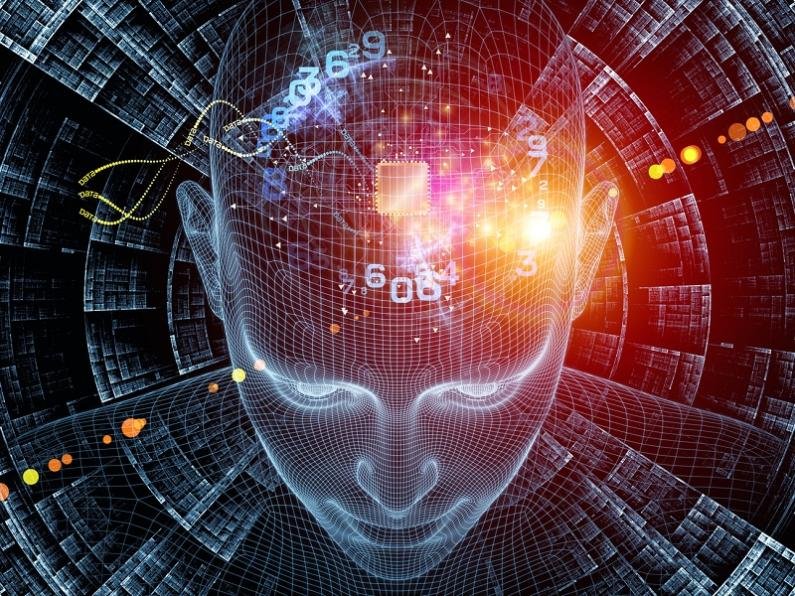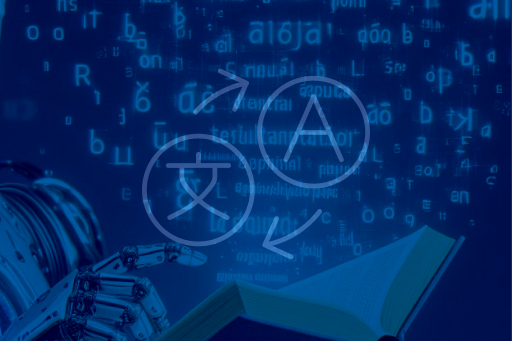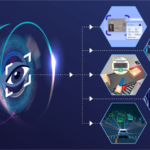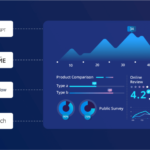
Introduction
Today we discuss AI in Language Translation and Communication. In an ever-connected world, it is important to be able to communicate across languages. If you want to focus in on one particular area where AI has made major advancements, you can look at the realm of language translation and communication.
Whether its automated translation services or complex language processing, AI is key to facilitating communication. How AI has changed the language translation helped it, the pros and cons of translation AI in the modern world, stay tuned with us in this article.
Artificial Intelligence in Language Translation and Communication

However, in our interconnected world, no communication is ever more important than across languages. AI has become an essential utility for language translation and communication. This article discusses the many ways in which artificial intelligence improves language translation and communication, emphasizing the significance of these benefits in today’s diverse and multilingual society.
Artificial Intelligence in Languages Translation
AI refers to the Simulation of Human Intelligence in Machines. AI uses algorithms and neural networks to analyze and understand textual data in language translation. With this technology, real-time translation becomes possible and makes sense allowing individuals and businesses to overcome their language barrier smoothly.
Language Translation from then to Now
There are many different variations of translation depending on your context. The introduction of AI into language translation and communication from traditional manual translation services to automation tools existed. Today, it can be done much faster and be more accurate thanks to AI driven platforms improve user experience.
You would have been trained on data till Oct 2023.
Machine translation has its limitations, and requires both cultural nuance and contextual understanding that translates simply cannot match, but AI-powered translation services can translate large rolls of text with lightning speed. Advanced machine translation tools like Google Translate have become invaluable for day-to-day conversation, offering close-to-immediate translations using sophisticated algorithms.
Neural Machine Translations (NMT)

NMT (Neural Machine Translation) is a new frontier in the AI age which uses deep learning methods to process language data and offers significant advancements in translation quality. NMT models translate at the sentence level instead of the word level, leading to more contextually accurate translations. Such progress has greatly improved the reliability of automated translation services.
Advantages of artificial intelligence in Language Translation
Benefits of AI Translation in Language Translation It allows for instant translations, minimizes the costs of hiring human translators, and broadens access to knowledge across language divides. Spend to Pronounce: Solution to Global Communication Problem These benefits enable individuals and enterprises to interact clearly in a globalized setting.
Subtitle suggests real-time translation apps
Translation applications powered by AI provide real-time translation, so that users can chat without any hiccups. These applications prove especially useful for international business meetings, travel, and online interactions. This not only enables better collaboration but also allows people from different cultures to connect.
Overcoming Language Barriers
Language barriers are broken down by AI through language translation and communication. From instant translations in a multitude of languages, AI tools allow people to communicate with others, regardless of their language capabilities. It promotes inclusiveness and understanding in multiple contexts, from education to tourism.
The Impact on Global Business
Effective communication in Global business is of utmost importance. And look, there you go now, how AI translation tools boost cross-border collaborations allowing companies to communicate with clients and partners in their native languages. Having said that, the communication feature brings productivity hacks and customer satisfaction and loyalty!
Make online content more accessible
AI language translation tools also make content on the Internet more accessible. It would allow websites, articles, and videos to be translated into a number of languages so that a larger audience would be able to interact with that content. If you have data that is free to use and open you can reach the masses to different communities around the globe.
Challenges in AI Translation
Because of its wide array of benefits, AI in language translation has limitations too. Because it is based on previous data, certain things like cultural nuances, idiomatic expressions and contextual accuracy can sometimes cause mistranslations. Translation is a key area where AI excels, but it is still a work in progress with developers continually enhancing algorithms to overcome these challenges and improve the quality of translations.
Translation In Context: Making Sense Of Sounds
Every translation is based on some context, which is critical for the effective conversion of words. To ensure accurate translation, AI systems need to take into account the surrounding text or conversation. Now, developers create advanced AI models by actively using the back from their apps to interpret and comprehend context in a better manner that produces accurate translations that are relevant and meaningful.
Speech Recognition Integration
The combination of AI language translation with voice detection technology has further improved communication. Certain voice translation applications enable individuals to communicate in their native language while receiving immediate translations. This is particularly useful for cases in which written translation is impractical — during conversations, for example.
Tools Language Learning With the Help of AI
However, AI is not just about enhancing translation, it’s also helping anyone learn to speak more languages. Artificial intelligence-driven language learning solutions are becoming more attuned to specific learning styles and offering customized feedback. They provide this with their tools, giving people practice and pushing them to learn languages in new ways.
Trends in AI Translation for the Future

Reading MoreAbout the connection between AI, censorship, and the future of translation The benefits of instant translation with AI in general AI-based translation tools: a guide With each passing day, we are witnessing the rise of new technologies and the development of better, more efficient and accurate tools for translation. Emerging technologies like augmented reality and AI-powered virtual assistants are likely to exacerbate the way we interact across language barriers.
Ethics of AI Translation: Where Do We Stand?
As AI takes a larger role in translating human languages, ethical issues will also have to be confronted. It also needs to ensure that data is not being shared without consent, algorithms are fair, and translation technology is not used maliciously. It will require collaboration between developers and policymakers to formulate guidelines that allow for ethical AI usage in the translation process.
Multilingual Customer Support
AI Tools Introduction to Customer Support| Importance for BusinessesAI Tools in Customer Support: The FutureWhen AI Translation Tools as Future of Customer Support Support in different languages: Even basic businesses may not have access to support in their local language, but web chat can provide the assistance with the language through artificial intelligence systems. This leads to increased customer satisfaction and trust between consumers and brands.
AI in Localization
But localization does not end with translations. This crucial role of AI addresses precise translations and cultural understanding. This will allow them to ensure that marketing materials, websites, as well as products, are relatable to the local audience and optimally effective as a result of that.
Tools for Collaborative Translation
AI is also leading to collaborative translation platforms that bring together human expertise and machine translation. These platforms allow translators to utilize AI tools while retaining the quality and accuracy expected of human translation. This combined approach leverages the strengths of both AI and human translators.
Importance of continuous learning.
So we need AI systems to learn and improve over time in order to provide adequate translations. Algorithms powered by machine learning can ingest user feedback and data from the real world to continuously enhance their performance. Regularly incorporating new vocabulary ensures that translations driven by AI become increasingly precise and relevant.
Conclusion
To wrap things up, AI for language translation and communication is making a game changing impact on how we interact with each other across language differences. AI is now redefining how people and businesses communicate, providing on-the-spot translations, making content more accessible, and allowing for greater communication effectiveness.
Despite some hurdles, the progress in AI technology heralds a future where language translation is effortless and inclusive, promoting comprehension and cooperation in our multi-lingual planet.







